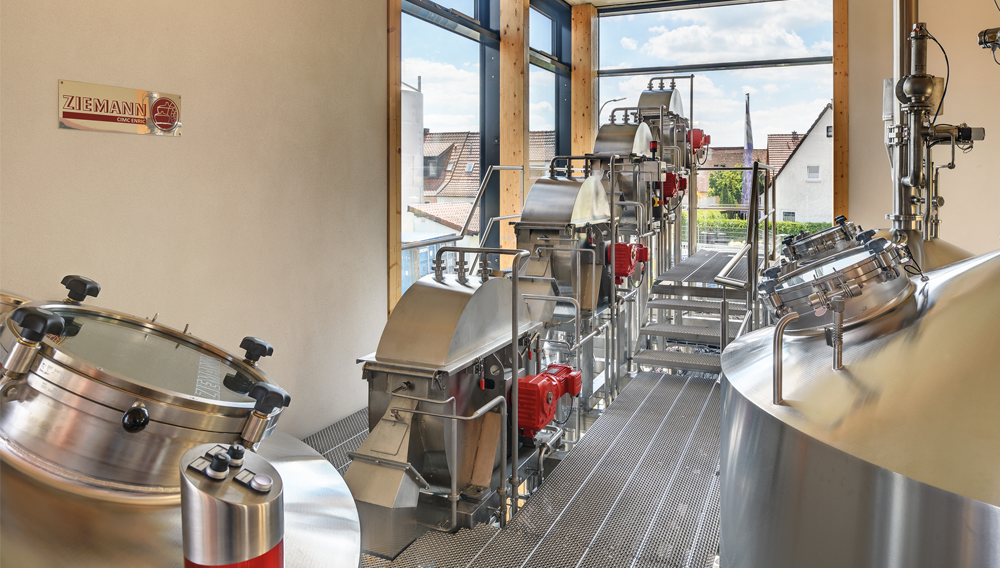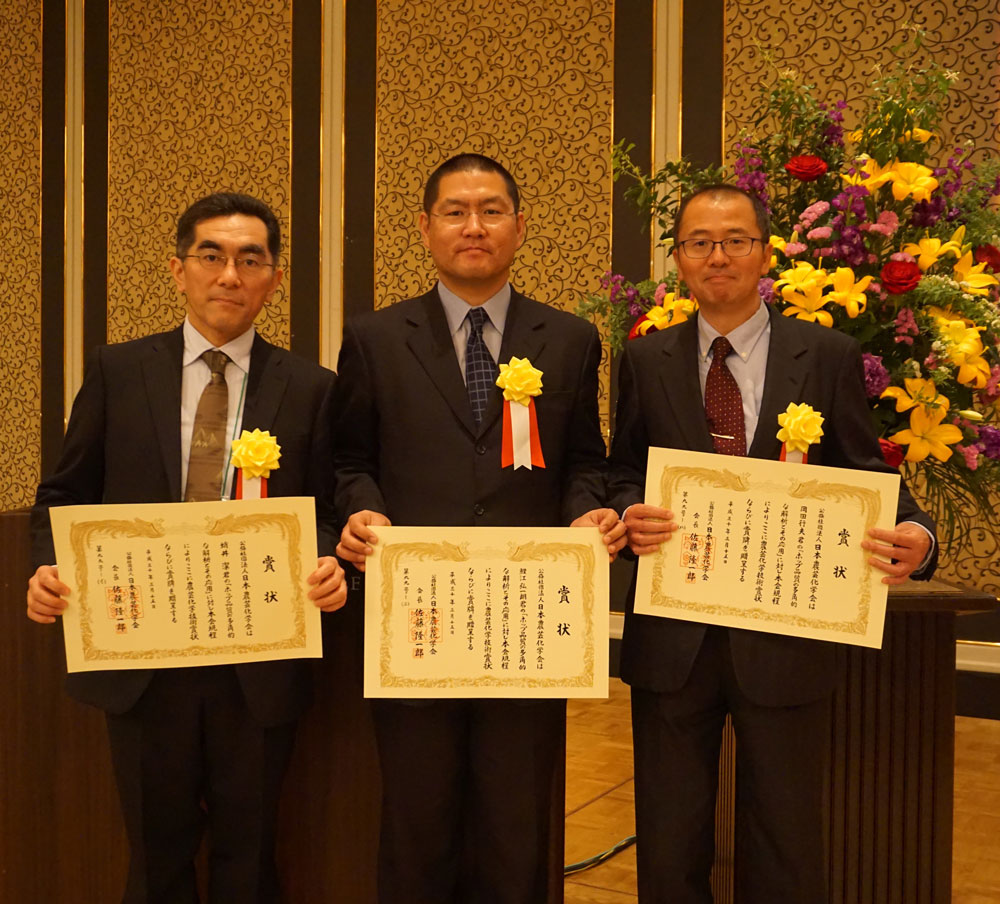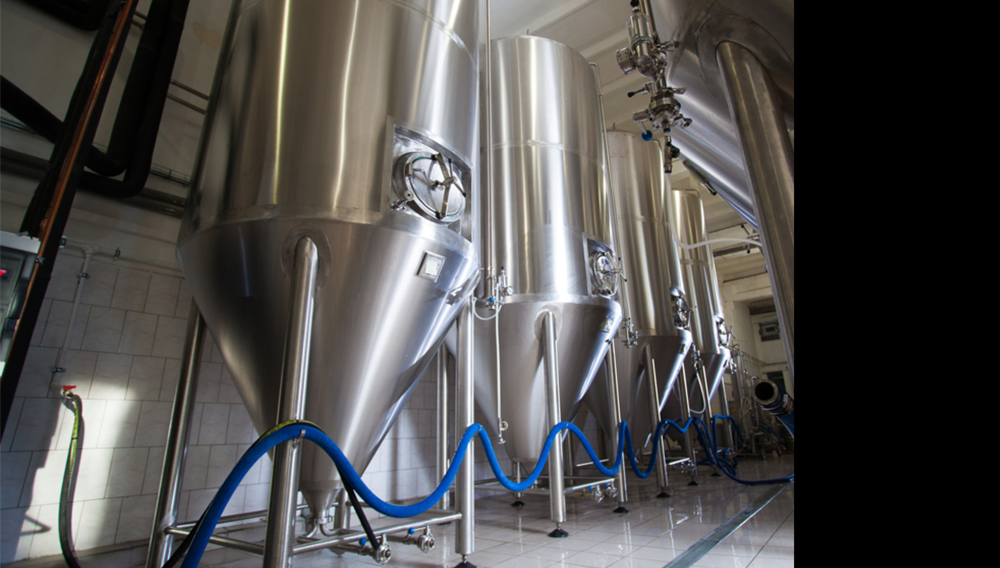
Less is more | When producing beers using ale yeast strains in the pilot plant of the University of Weihenstephan-Triesdorf, fluctuations occurred in sensory quality of 50-l pilot brews. In some instances, beers were described as “lacking body” and as “empty”. It was assumed that this was due to excessive addition of dry yeast. As a consequence, a pilot fermentation process on a 0.5 litre scale was developed in order to obtain information about fermentation rapidly and with little expenditure.
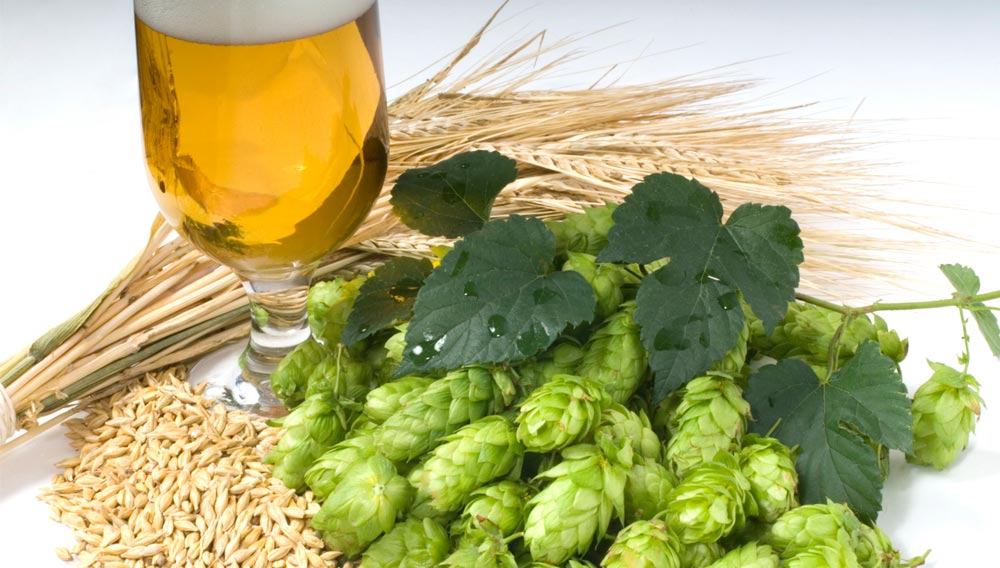
Individual experiences | In recent years, dry hopping has become part and parcel of a scientific debate at several brewing colleges. But by far not all parameters have been investigated. A very important parameter, so far neglected scientifically, is temperature during dry hopping. Every brewer has made his own experiences in that field.
TPO calculation | The specific measurement of dissolved oxygen (DO) in beverages is a well-known, frequently used, and straightforward analytical procedure which yields highly precise results. However, sometimes it is not enough to know how much oxygen is dissolved in the beverage as also the oxygen in the head space may affect the product. Therefore, head space oxygen needs to be considered as well.
Laboratory tests | It is generally known that hops are able to do much more than provide beer with bitterness, aroma and microbiological stability. To-date, the focus was on yield of bitter substances and hop aroma. However, no systematic research exists about the influence of hop addition and time of addition on oxidative beer stability. A research project at the Department of Brewing Science of the Technical University (TU) Berlin (AiF 17439) was devoted to resolving this issue.
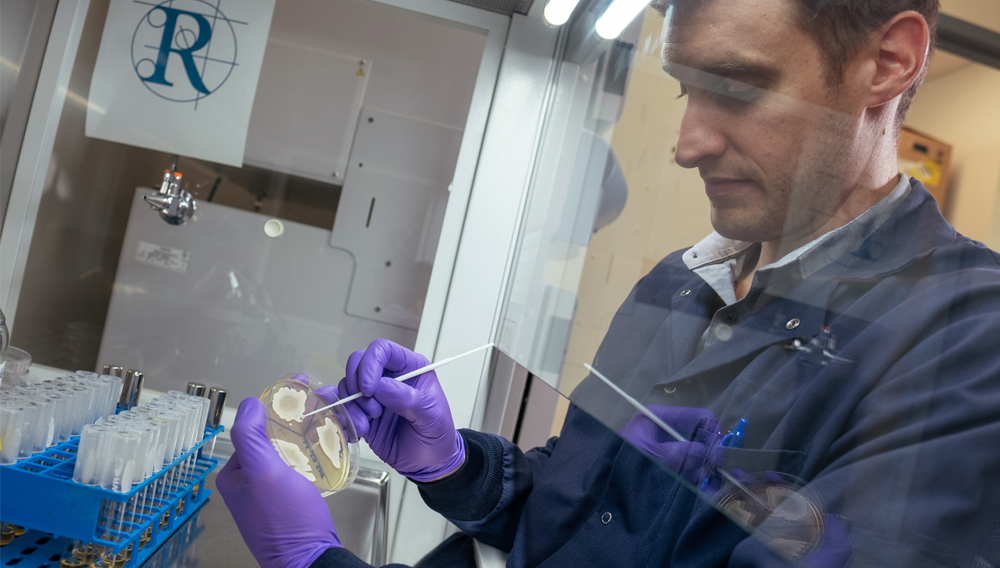
Designing Yeast | In this concluding section of our three-part series (part 1 and 2 see BRAUWELT International No. 5, 2018, pp. 354-356 and No. 6, 2018, pp. 430-432) we outline the various non-GMO methods by which new brewer’s yeast are being created to drive beer flavour and aroma innovations. By applying the classical technique of selective breeding – used for millennia in the domestication of species – it becomes possible to re-imagine brewer’s yeast, thereby enhancing and expanding yeast’s natural ability to define beer styles and flavours.
The 2018 hop harvest is over. The AHA (Hop Analysis Working Group) announces the average alpha acid values as determined in freshly harvested hops. Members of the AHA include the laboratories of the German processing plants Hallertauer Hopfenveredelungsgesellschaft Mainburg and Hopfenveredlung St. Johann, HVG Mainburg, LfL Hüll, BLQ Weihenstephan, VLB Berlin, TU Berlin, Labor Veritas Zurich and the Slovenian Institute of Hop Research and Brewing Žalec.
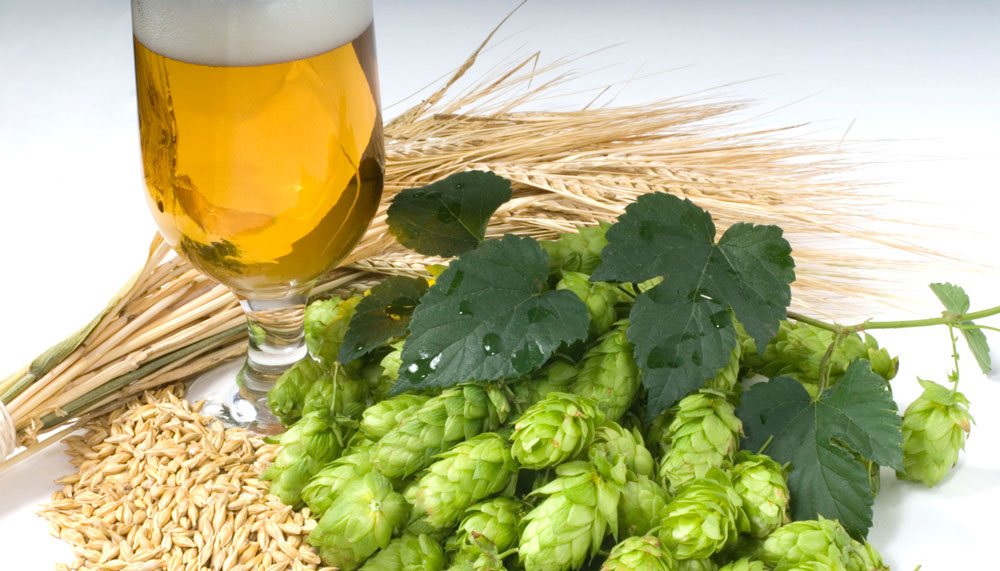
Enzyme activity analysis | Good quality of wort is very much dependent on the quality of the raw materials, especially on the enzyme activities (endogenous in the grain or added externally). Current analytical methods are cumbersome and require special laboratory equipment. However, what is needed is a quick and precise test, completely functional directly in the field with no additional lab equipment. This is now possible with new technologies.
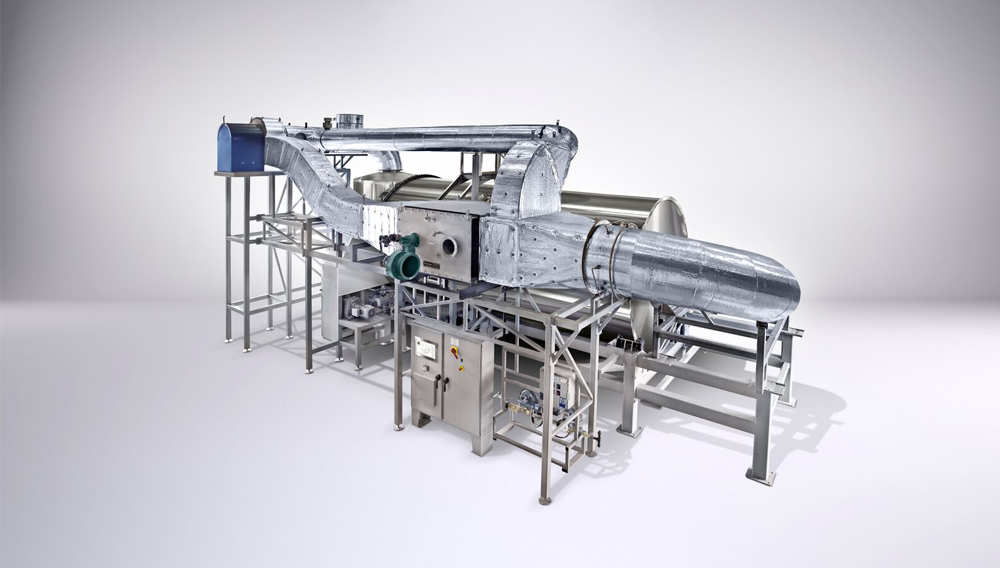
Back to the Future | With the emergence of the craft brewing/malting industry, the Maltron 5.0 is a simple plug-and-play automated solution for creating those malts that are desired for the beer pallet. This malting drum has the all-in-one benefit that allows flexibility in processing a wide range of grains and to be placed anywhere without creating a civil project. For those difficult-to-process grains, the drum provides a gentle alternative to turning. Additionally, the craft hop industry can use the drum to dry their hop crop.
At the 2018 annual meeting of the Japan Society for Bioscience, Biotechnology, and Agrochemistry (JSBBA), which took place from March 15 to 18, 2018 in Nagoya, Japan, Sapporo received the Award for Achievement in Technological Research. The award was bestowed to Dr. Kiyoshi Takoi, Koichiro Koie, Dr. Yukio Okada and Yukata Itoga.

Attractive alternative | Mass spectrometry profiling is an emerging technology for the identification of spoilage microorganisms in breweries, enabling high throughput identifications to the species level without the need for specialist personnel. Here we provide a detailed cost analysis, which demonstrates a significantly lower per-sample running cost as compared to polymerase chain reaction (PCR). This renders mass spectrometry profiling as an attractive alternative for microbial identification in breweries.

